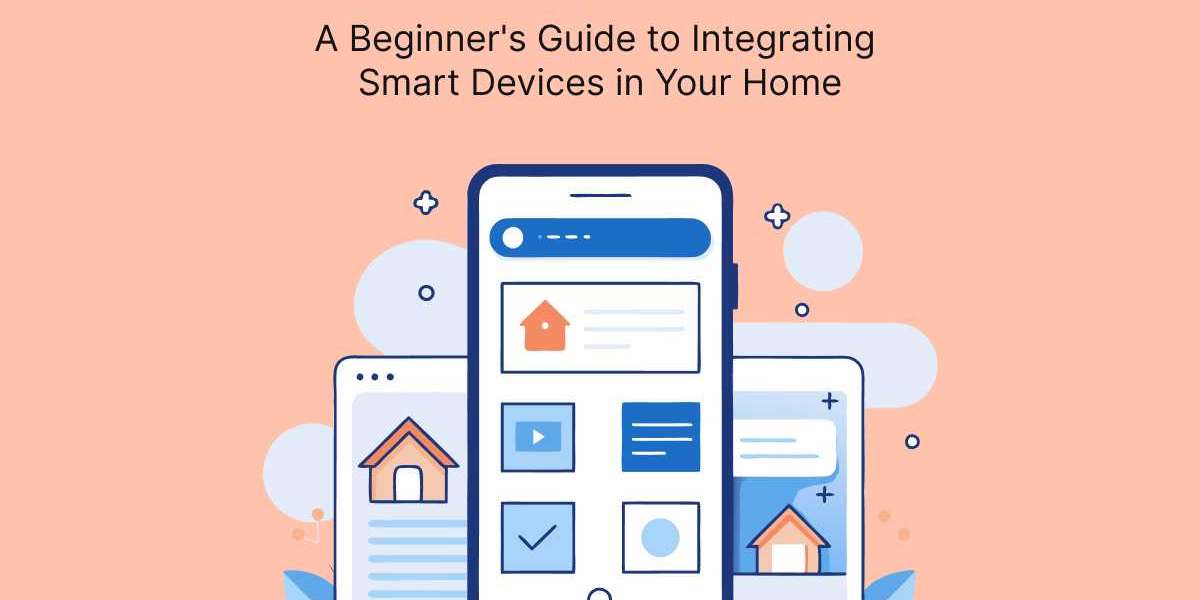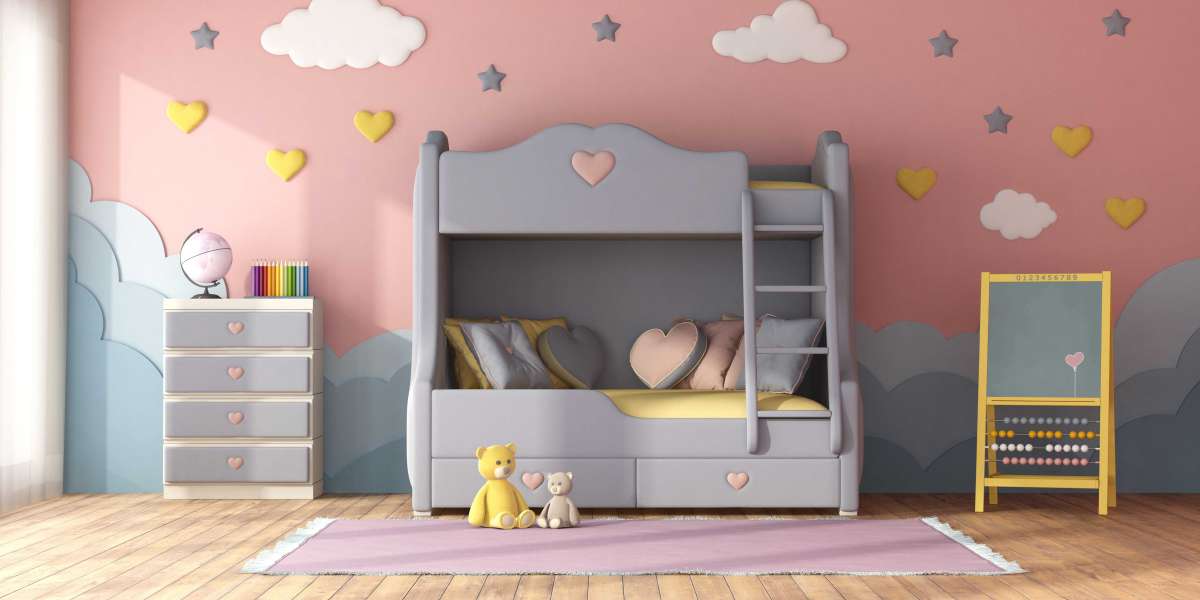The concept of a “smart home” is no longer a futuristic fantasy; it’s a modern reality that’s accessible to everyone. Integrating smart devices into your home offers convenience, security, and energy efficiency, all controlled by your smartphone or voice assistant.
However, if you’re new to smart home technology, the process of getting started can feel overwhelming. Transform your living space with the ultimate smart home manager! Learn how to seamlessly integrate smart devices in your home with our beginner's guide. This beginner’s guide will walk you through everything you need to know about integrating smart devices into your home, from the basic setup to more advanced automation.
What Are Smart Devices?
Smart devices are electronic devices that can connect to the internet, allowing them to be controlled remotely via an app, voice assistant, or central hub. Common examples include smart lights, thermostats, security cameras, and even kitchen appliances like coffee makers and refrigerators.
Smart home technology works by using Wi-Fi, Bluetooth, or other wireless connections to link your devices, giving you control over their functions. These devices can also communicate with each other to create automation that simplifies your daily routine.
Benefits of a Smart Home
Before diving into how to integrate smart devices into your home, it’s worth understanding the key benefits:
- Convenience: Control all your devices from one central app or through voice commands.
- Energy Efficiency: Automate devices like thermostats and lighting to save energy.
- Security: Smart locks, cameras, and alarm systems provide enhanced security features you can monitor from anywhere.
- Customization: Create routines or automations that fit your lifestyle and preferences.
Now that you understand the basic concept and benefits let’s go step-by-step into integrating smart devices into your home.
Getting Started with Smart Home Integration
When beginning to build a smart home, the most important thing is to start simple and focus on the essentials. Here are the key steps to help you get started:
Choose Your Ecosystem
The first step in building a smart home is deciding on the ecosystem you want to use. The major smart home ecosystems include:
- Amazon Alexa: Alexa is a popular choice because it integrates with a wide range of third-party smart devices. You can control everything from lights to security systems with voice commands.
- Google Home: Google’s ecosystem is equally robust, offering seamless integration with Google Assistant, Android devices, and an array of third-party products.
- Apple HomeKit: If you’re already invested in the Apple ecosystem, HomeKit offers tight integration with iPhones, iPads, and Siri. Apple emphasizes privacy and security, making it an attractive option for iOS users.
Choosing one of these ecosystems will determine which devices are compatible with your system, so it’s important to make this decision early in the process.
Start with One Room
It’s best to start small when integrating smart devices, especially if you’re new to the technology. Consider starting with one room in your home, such as your living room or bedroom. This allows you to get comfortable with smart technology without being overwhelmed by too many devices at once.
For example, in the living room, you could start by installing:
- Smart lights: These allow you to control the brightness and color of your lighting with a simple command.
- Smart speakers: Devices like Amazon Echo or Google Nest Hub can play music, control other devices, or answer questions with voice commands.
- Smart plugs: These can turn any electronic device into a smart device by allowing remote on/off control.
Invest in a Smart Hub (Optional)
While many smart devices can operate independently using their respective apps, having a smart hub can unify your devices and allow them to work together. A smart hub acts as a central controller for all your devices, making it easier to manage them from one place.
Some smart home ecosystems have built-in hubs, such as Amazon Echo or Google Nest Hub, but standalone hubs like Samsung SmartThings offer compatibility with a broader range of devices.
Install Smart Devices
Once you’ve selected your ecosystem and devices, it’s time to start installing. Most smart devices are designed to be user-friendly, with simple installation processes. Here’s a general guide for setting up common smart devices:
Setting Up Smart Lights
- Install the Bulbs: Replace your regular lightbulbs with smart bulbs.
- Download the App: Most smart lighting systems come with an app (like Philips Hue or LIFX).
- Pair the Bulbs: Follow the app’s instructions to connect the bulbs to your home’s Wi-Fi network.
- Control with App or Voice: Now, you can control your lights remotely or use voice commands through Alexa, Google Assistant, or Siri.
Setting Up Smart Plugs
- Plug into an Outlet: Insert the smart plug into any standard outlet.
- Download the App: Use the smart plug’s app (e.g., TP-Link Kasa) to connect the plug to Wi-Fi.
- Automate: You can now control whatever is plugged into that outlet from your phone or set up routines like turning on a lamp at sunset.
Setting Up Smart Speakers
- Power On the Speaker: Plug in your smart speaker and power it on.
- Download the Ecosystem App: Use the Alexa, Google Home, or Apple Home app to set up the speaker.
- Voice Setup: Once connected, you can give voice commands to control your devices, ask questions, or play music.
Explore Automation
Once your devices are installed, you can start exploring automations and routines. These are sequences where multiple smart devices are triggered by a specific action, such as a voice command, time of day, or sensor data.
Expand Over Time
After mastering the basics with one room, you can start expanding your smart home system to other areas of the house. Here are some suggestions for additional smart devices:
- Smart Thermostats: Devices like the Nest Thermostat or Ecobee learn your habits and adjust your home’s temperature accordingly, saving energy and keeping your home comfortable.
- Smart Security: Install smart locks, video doorbells (e.g., Ring), and security cameras to protect your home and give you remote access to monitor what’s happening.
- Smart Appliances: From refrigerators to ovens, even kitchen appliances can now be integrated into your smart home. You can control your devices remotely, monitor energy use, and receive alerts when maintenance is needed.
Conclusion
Integrating smart devices into your home doesn’t have to be complicated or intimidating. By starting small, choosing the right ecosystem, and gradually expanding your smart home, you’ll soon enjoy all the benefits these devices have to offer. Whether it’s automating your daily routines, improving energy efficiency, or increasing security, smart home technology makes life more convenient and enjoyable. Transform your home into a smart oasis with our comprehensive beginner's guide to integrating smart devices! Learn from the best on-demand app development company today.
As you get more comfortable with your setup, you can add more devices and explore more advanced automation. The key is to build your smart home at your own pace, focusing on your specific needs and lifestyle. Soon enough, you’ll have a fully integrated smart home that works seamlessly and enhances your everyday life.








